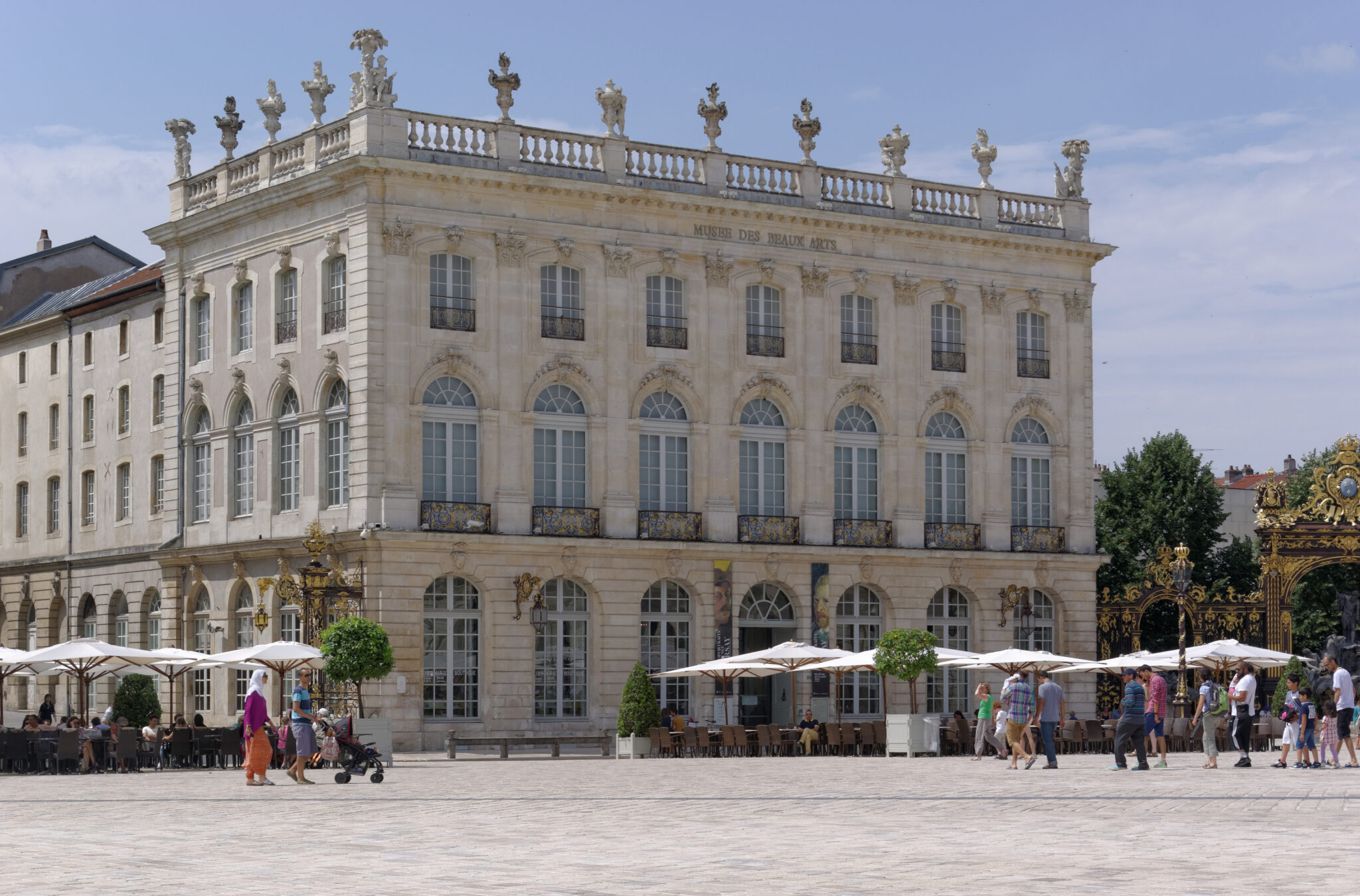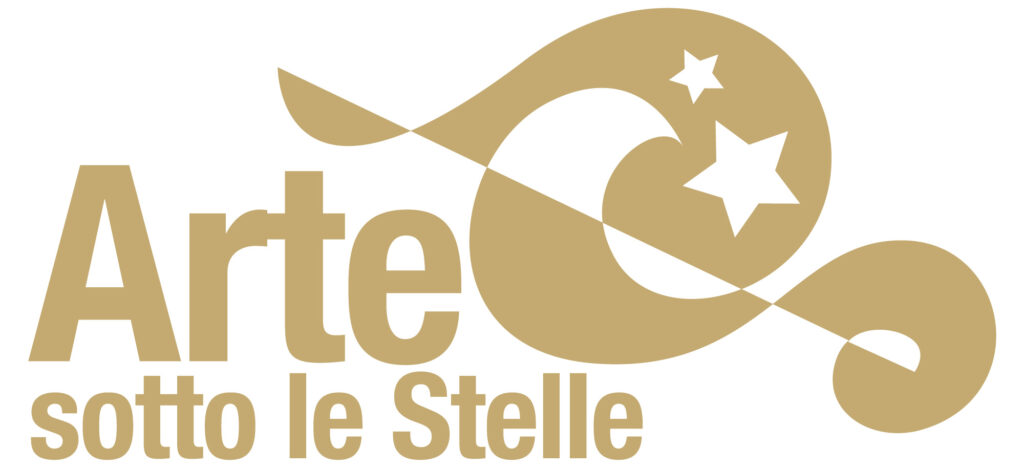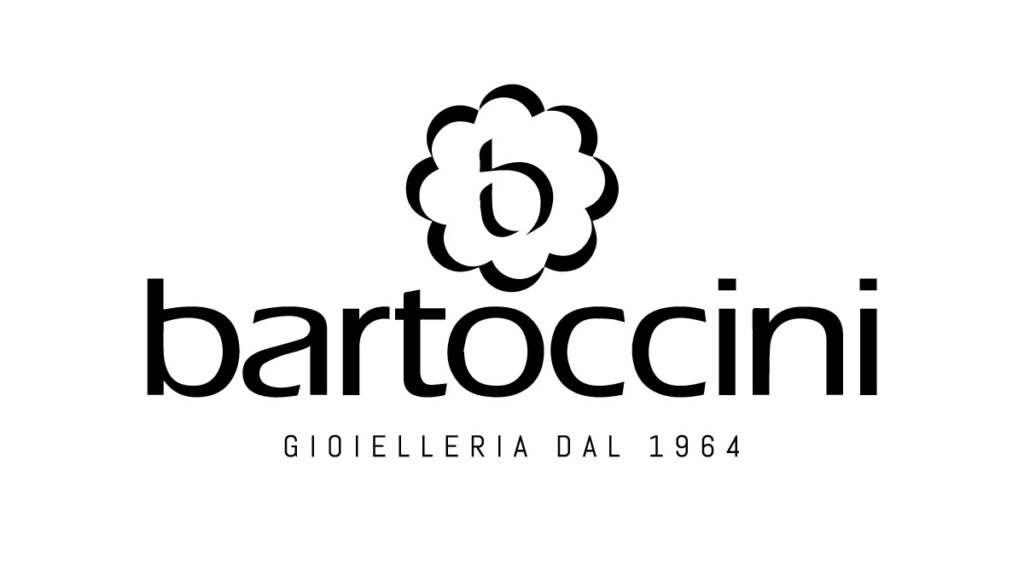Musée des Beaux-Arts – Nancy
The Musée des Beaux-Arts in Nancy, like other French provincial museums, owes its foundation to the consular decree of 31 August 1801, which provided for the distribution of the works of the Central Museum of Paris among some major cities of France; Nancy initially received 44 paintings, mostly by French artists, from royal collections, noble seizures, various Academies of painting and sculpture or Parisian churches.
The museum is housed in an 18th-century pavilion, part of the exceptional architectural complex of Place Stanislas, designed by architect Emmanuel Héré around 1755 by the will of Stanislaus Leszczynski, Duke of Lorraine and former King of Poland. In 1999 the exhibition space was doubled thanks to an expansion designed by Laurent Beaudouin.
Nowadays the exhibitions are divided into several rooms, and they preserve numerous works by Italian, French, Spanish and Flemish artists; the museum also preserves woodcuts, ceramics and other objects of Japanese art (Cartier-Bresson collection) as well as a collection of contemporary art.
The museum presents the greatest names in the history of European art: Perugino, Caravaggio, Rubens, and even Delacroix. Its collections are particularly rich in the 20th century, in particular the glassworks of the Daum collection, displayed in the casket of the ancient fortifications of Nancy or in the space dedicated to the builder Jean Prouvé.

Info
Musée des Beaux-Arts de Nancy










